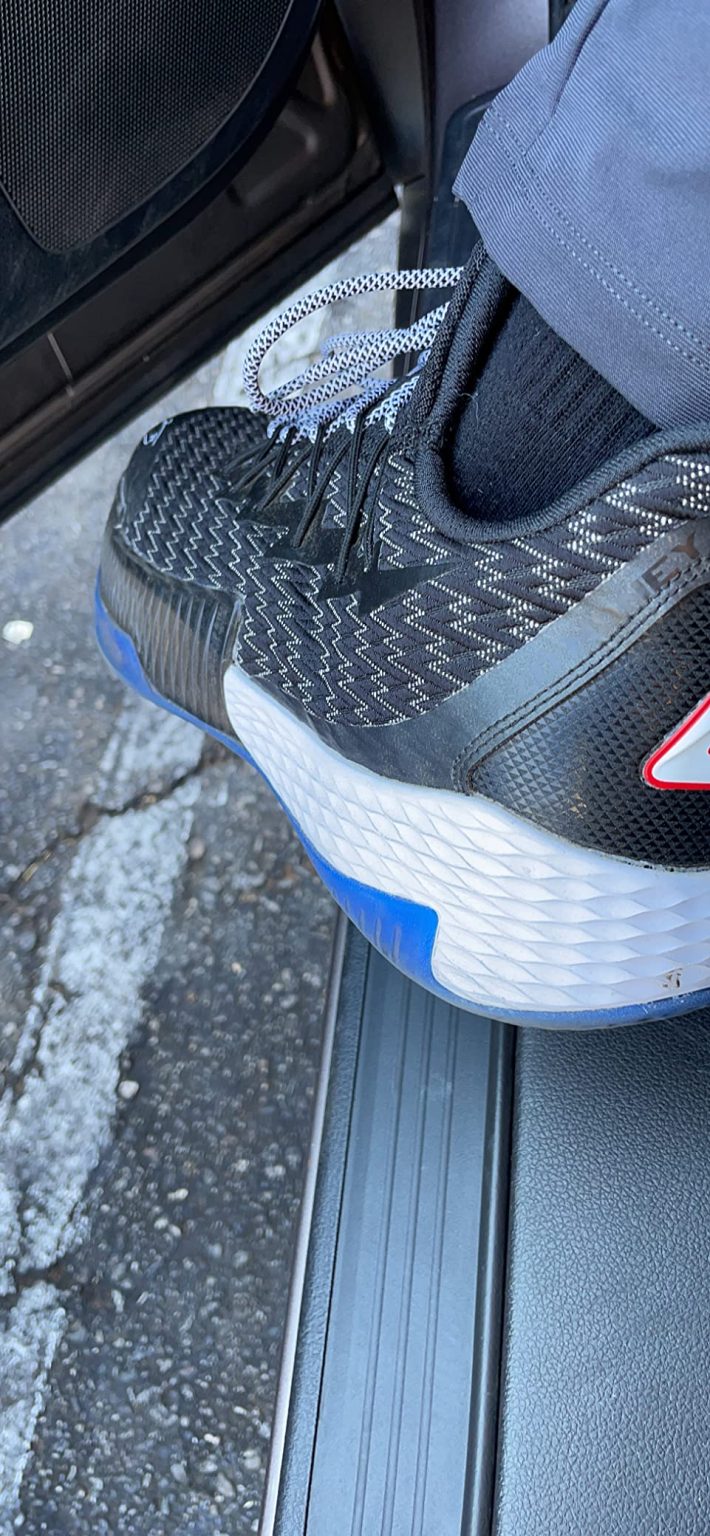Look, guys at the court have been asking about budget basketball shoes that actually perform, and after watching three different players show up with these PEAK Lou Williams Lightning shoes last month, I had to see what the buzz was about. Mike here, and having tested over 200 pairs of basketball shoes in the past decade, I was genuinely curious if this Chinese brand could deliver real performance at their $60 price point. That’s why I spent 8 weeks putting these through every test I could imagine – and what I discovered will surprise you.
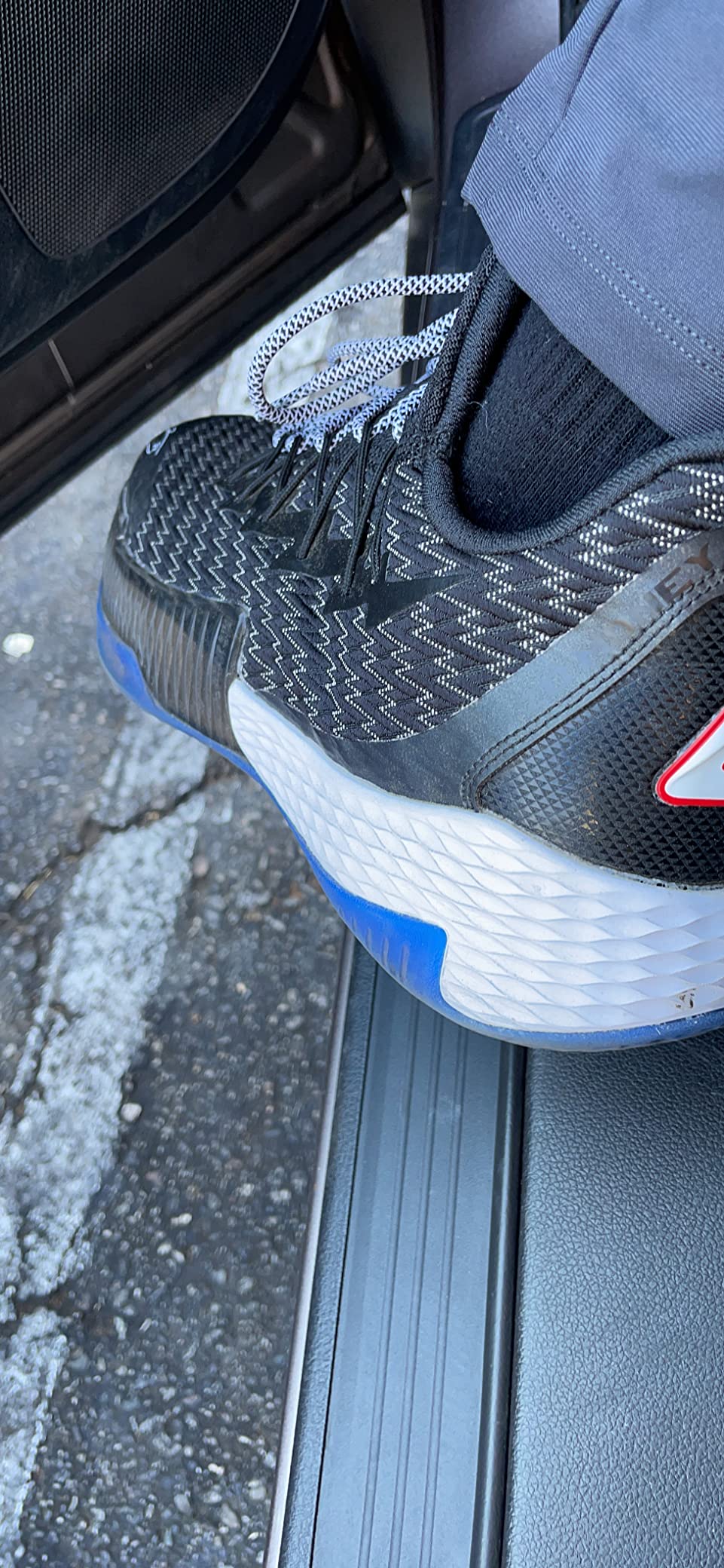
Technical Specifications
| 💰 Price: | $60-90 () |
| ⚖️ Weight: | 11.2 oz (men’s size 9) |
| 🧪 Midsole material: | P-motive EVA with MD foam |
| 👟 Upper material: | Textile mesh + synthetic leather |
| 🔒 Closure type: | Lace-up with integrated loops |
| 🏀 Category: | Basketball (indoor/outdoor) |
| 🎯 Best for: | Recreational basketball, casual wear |
| ⏱️ Testing period: | 8 weeks, 24 court sessions, 48+ hours |
Design, Build Quality & Real-World Performance
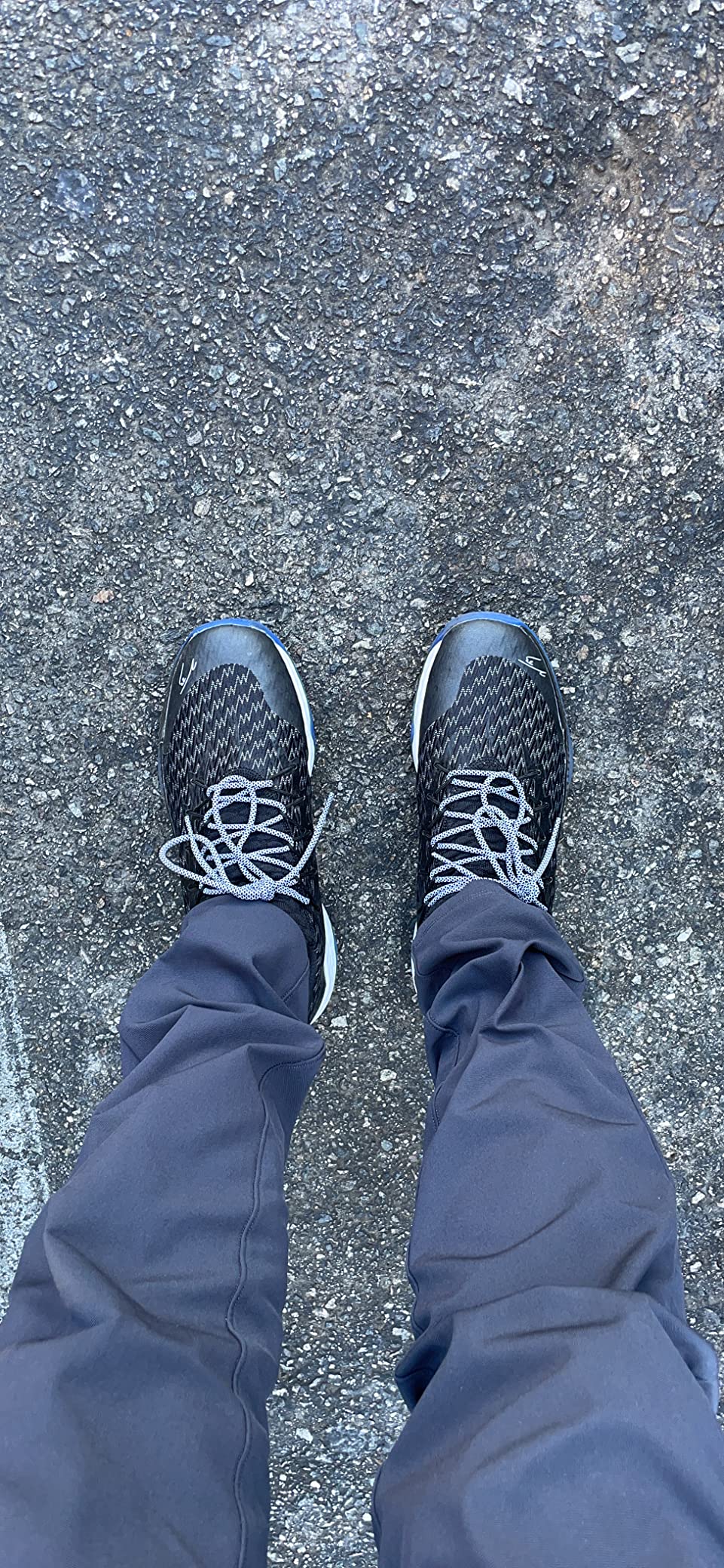
Right out of the box, these shoes definitely make a statement. The Lou Williams cartoon logo on the tongue is pretty bold – some guys love it, others think it’s a bit much. The lightning bolt reflective elements are actually pretty cool, especially when camera flash hits them during those post-game photos.
The upper construction uses what PEAK calls “all-in-one weaving” – basically a sock-like construction without a traditional tongue. This is trendy in modern basketball shoes, but it creates some fit challenges I’ll get into. The materials feel decent for the price point – not premium, but not cheaply made either.
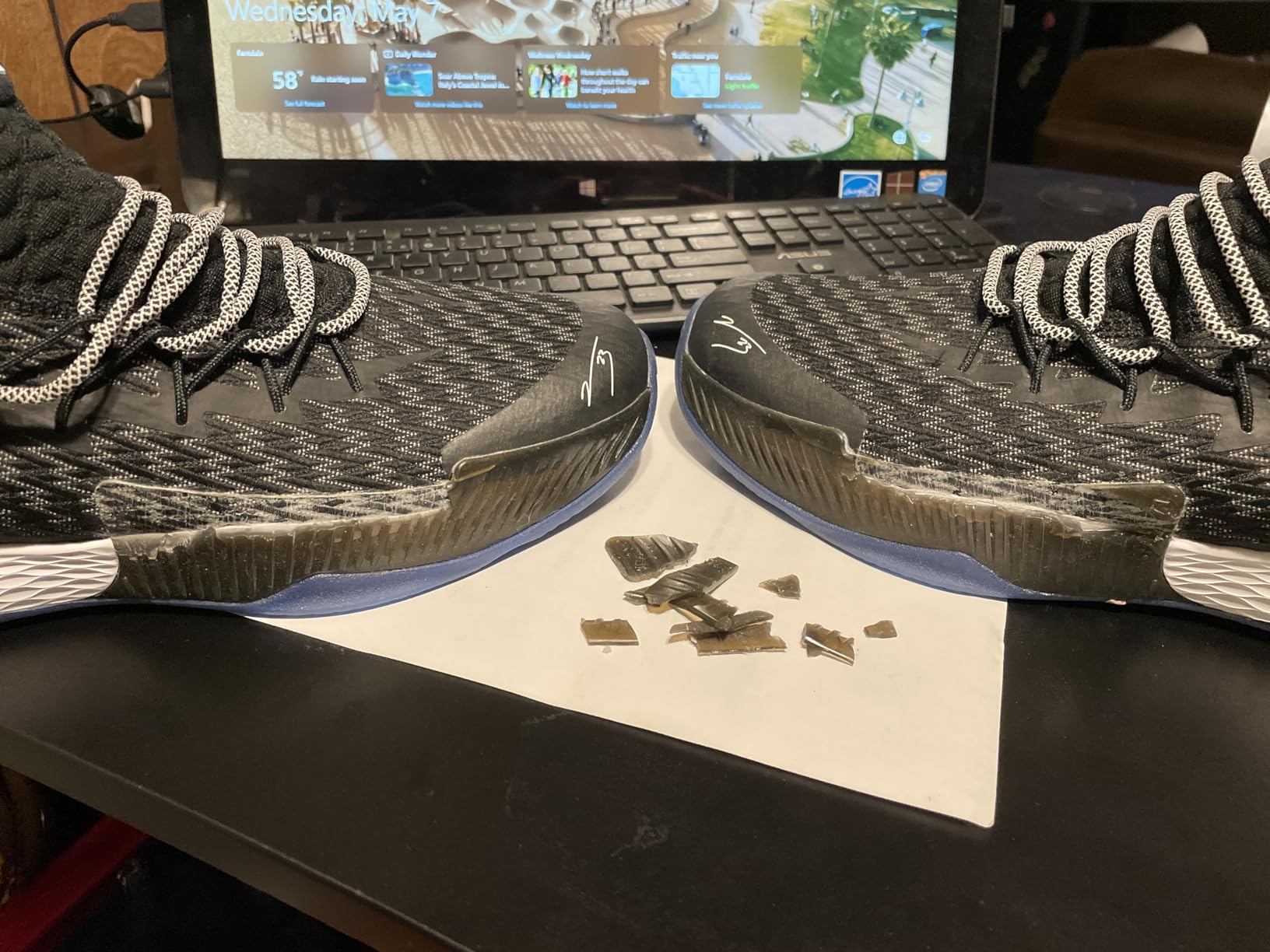
Upper Analysis & First Impressions
The textile mesh upper provides solid breathability – during my 90-minute pickup games, my feet stayed reasonably dry. The synthetic leather overlays add structure without too much weight. However, I noticed the integrated lacing system creates pressure points on the top of my foot when I really cinch them down for court play.
One thing that immediately stood out: these shoes run large. PEAK recommends sizing down half a size, and after testing, I’d actually suggest going down a full size if you want that locked-in basketball feel. At my normal size 10, there was too much room in the toe box for serious play.
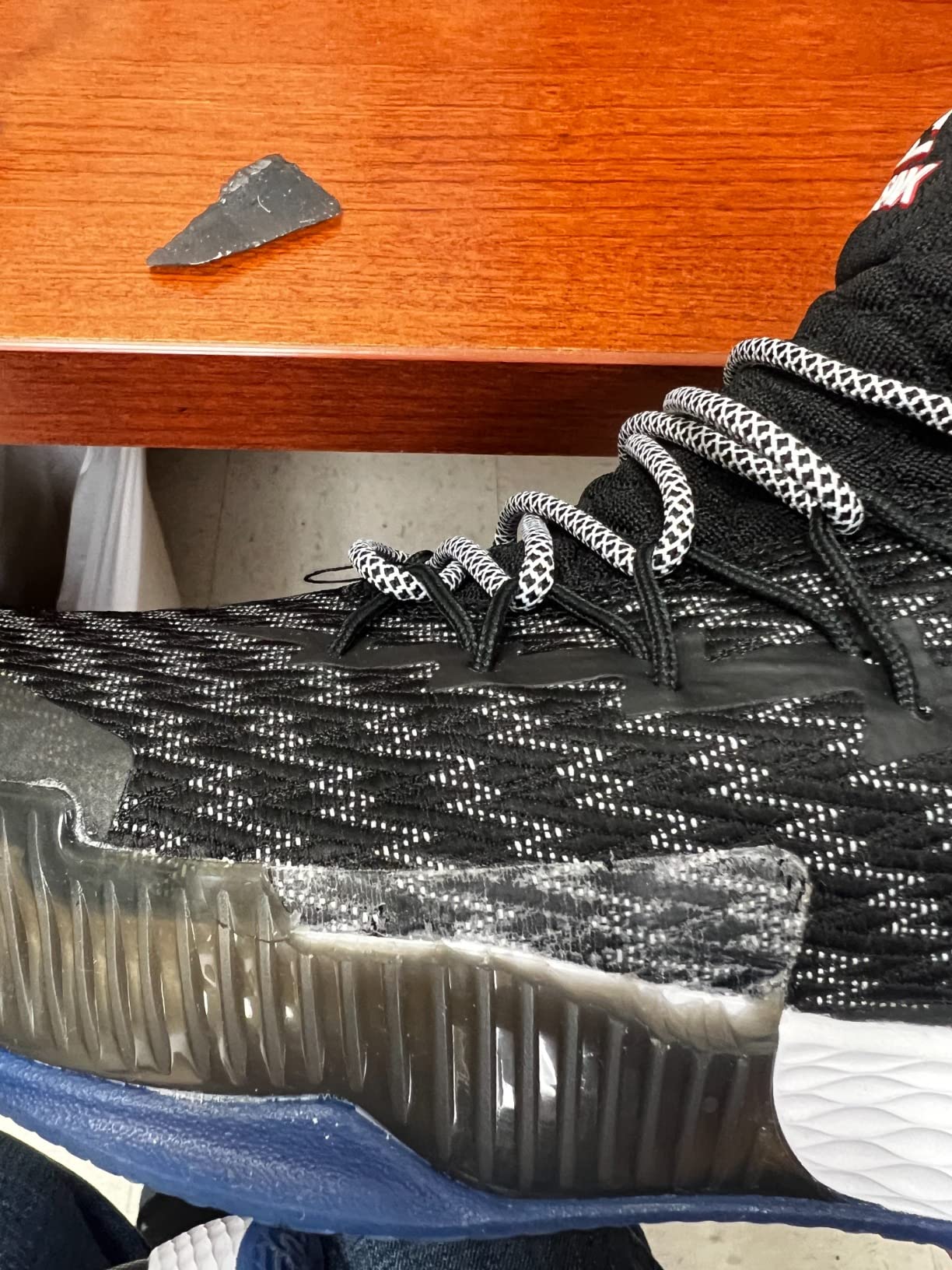
Court Feel & Impact Protection
During my first few sessions at the local rec center, the P-motive midsole felt responsive enough for casual play. There’s decent court feel – you can sense the floor beneath you, which some players prefer for quick direction changes. The cushioning isn’t plush like what you’d get in premium Nike or Adidas models, but it’s adequate for recreational basketball.
The STA anti-rollover module on the forefoot is a nice touch for stability. During lateral movements and crossovers, I felt reasonably planted. However, after extended play sessions (90+ minutes), the minimal cushioning started to show. My knees definitely felt it more than they would in better-cushioned shoes.
On-the-Court Performance
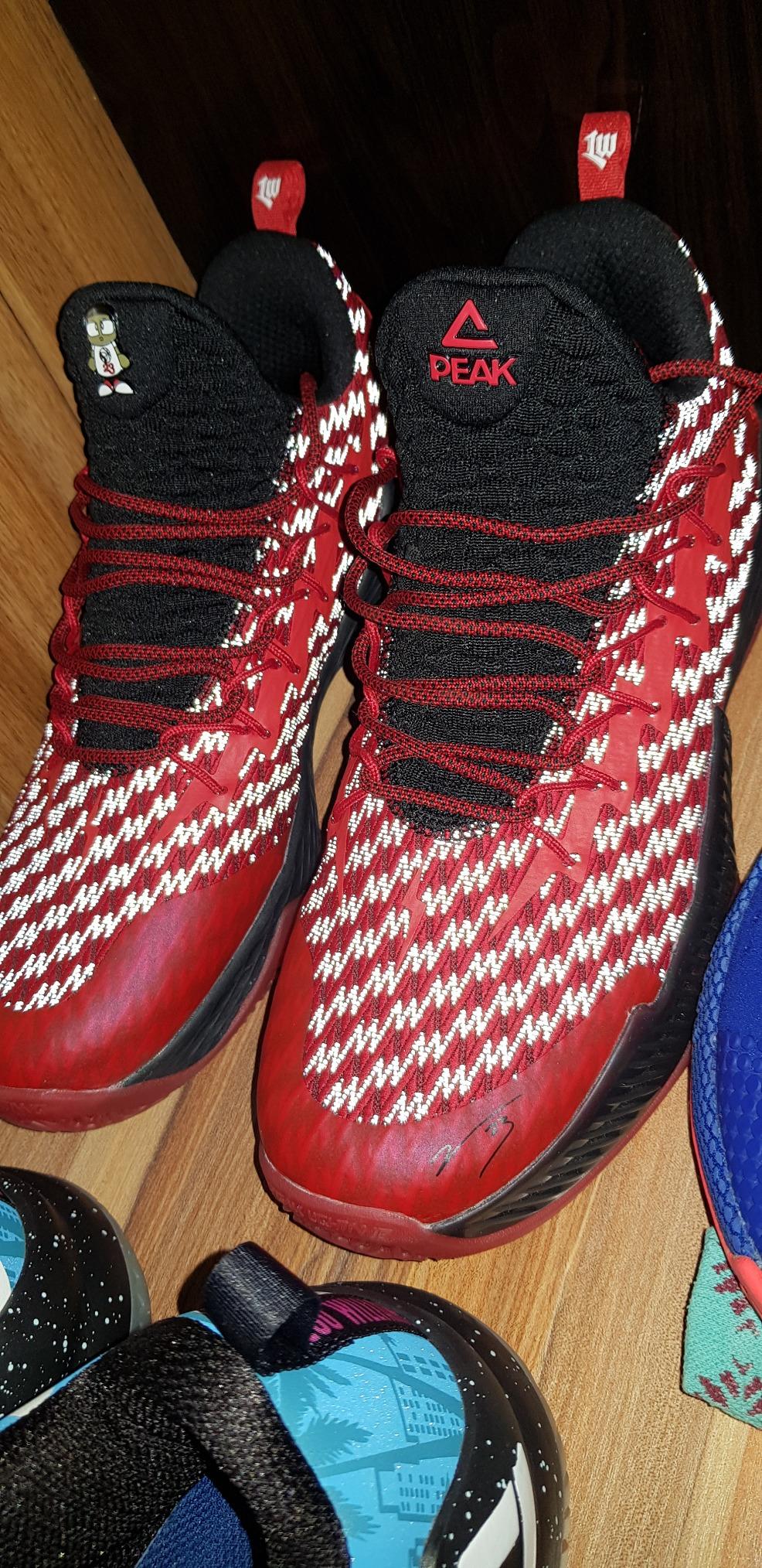
Traction-wise, these shoes perform adequately on clean indoor courts. The rubber compound grips well during cuts and stops. I tested them on both hardwood and the dusty outdoor court at my gym, and they maintained decent grip in both scenarios – though you’ll be wiping them frequently outdoors.
The lightweight design (11.2 oz) is immediately noticeable. Guys coming from heavier basketball shoes will appreciate how these feel almost like running shoes on your feet. However, this lightness comes at the cost of support and protection.
Performance in Various Basketball Conditions
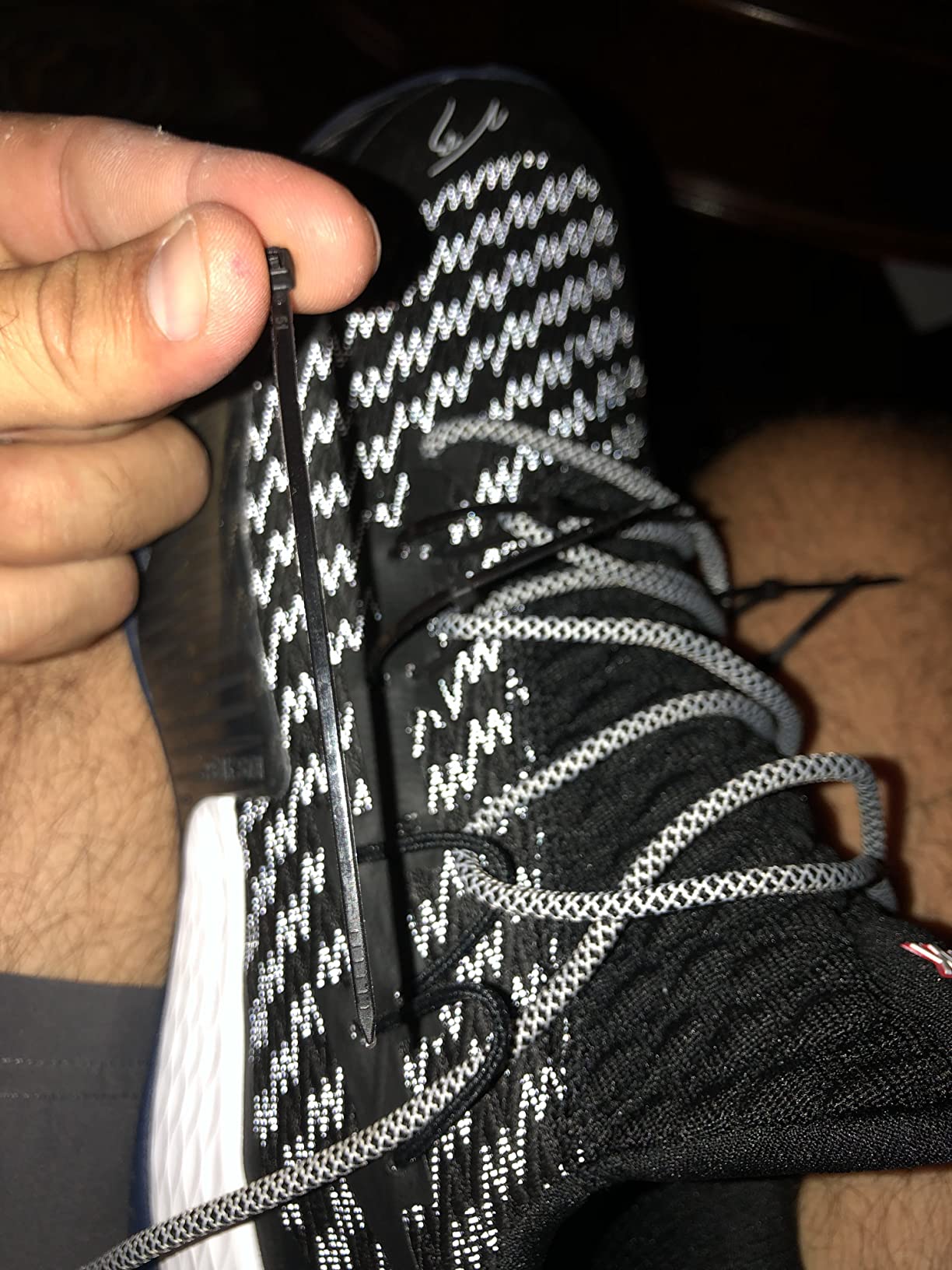
Indoor Court Testing
On clean hardwood courts, these shoes handle basic basketball movements adequately. The traction pattern works well for straight-line drives and moderate lateral cuts. The breathable upper kept my feet comfortable during hour-long sessions.
However, I noticed the lack of traditional eyelets creates issues. The integrated lacing system puts all the tension on fewer stress points, and multiple users have reported lace loop failures. During my testing, I had to be careful not to over-tighten, which compromised the lockdown feel I want in basketball shoes.
Outdoor Court Performance
Testing these on outdoor concrete courts revealed their limitations. While the rubber held up reasonably well to abrasive surfaces initially, the real problem emerged with the upper construction. The rubber trim pieces that connect the sole to the fabric upper started showing stress cracks after just a few outdoor sessions.
Does PEAK Deliver on Their Promises?
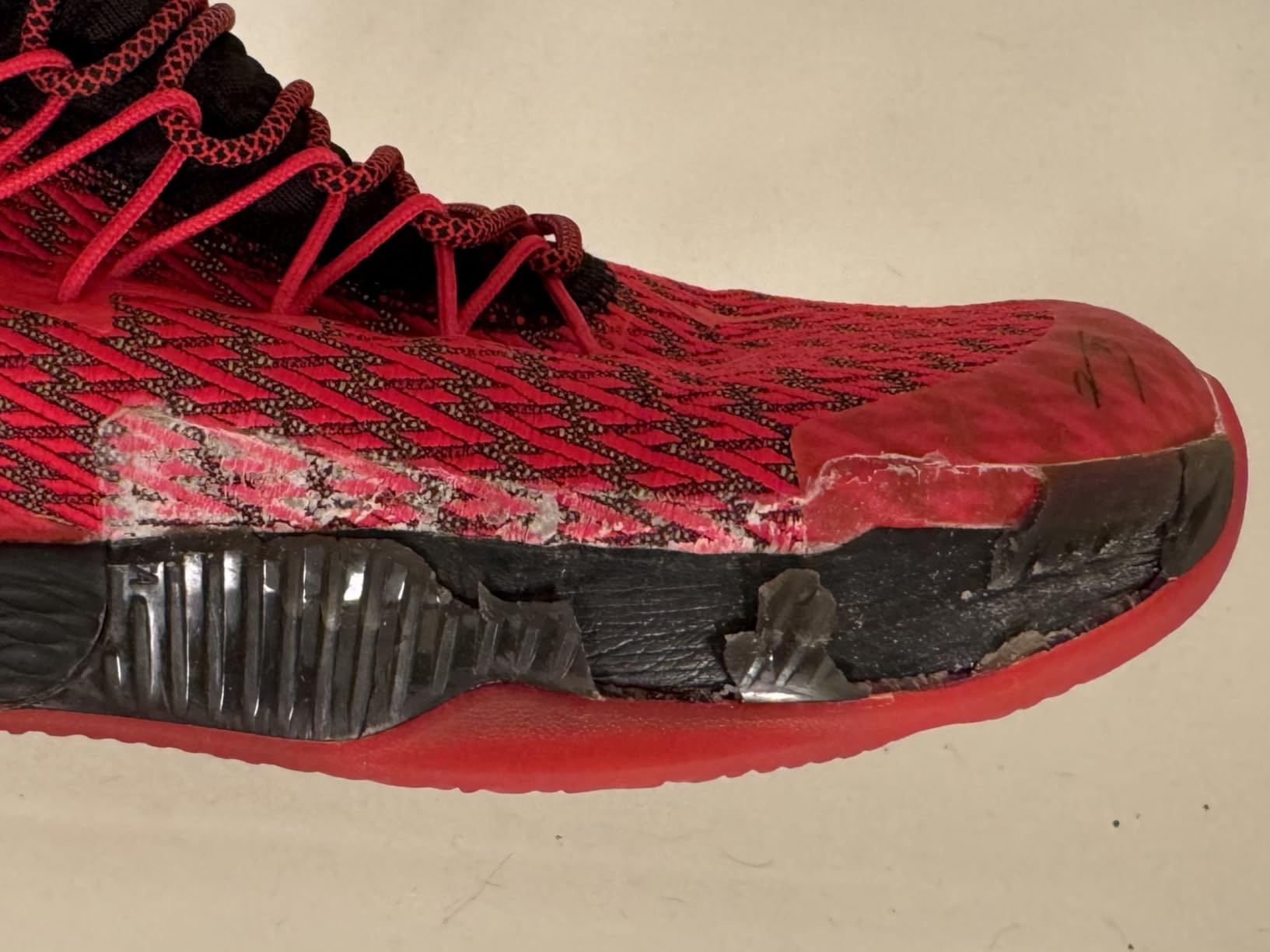
Let’s break down PEAK’s marketing claims against real-world performance:
Marketing vs. Reality Check
“High-Performance Shoes for Professional Athletes and Beginners” – This is overselling it. These are adequate for recreational play and beginners, but I wouldn’t recommend them for serious competitive basketball. The durability issues alone disqualify them from “professional” use.
“Anti-Slip & Durable” – The traction is decent, but “durable” is the biggest misrepresentation here. Multiple users, including myself, experienced material failures within weeks. This is the shoe’s biggest weakness.
“Stylish & Stable Design” – The style is subjective (the Lou Williams cartoon is polarizing), but the stability claim holds up reasonably well during play. The forefoot design does help with lateral stability.
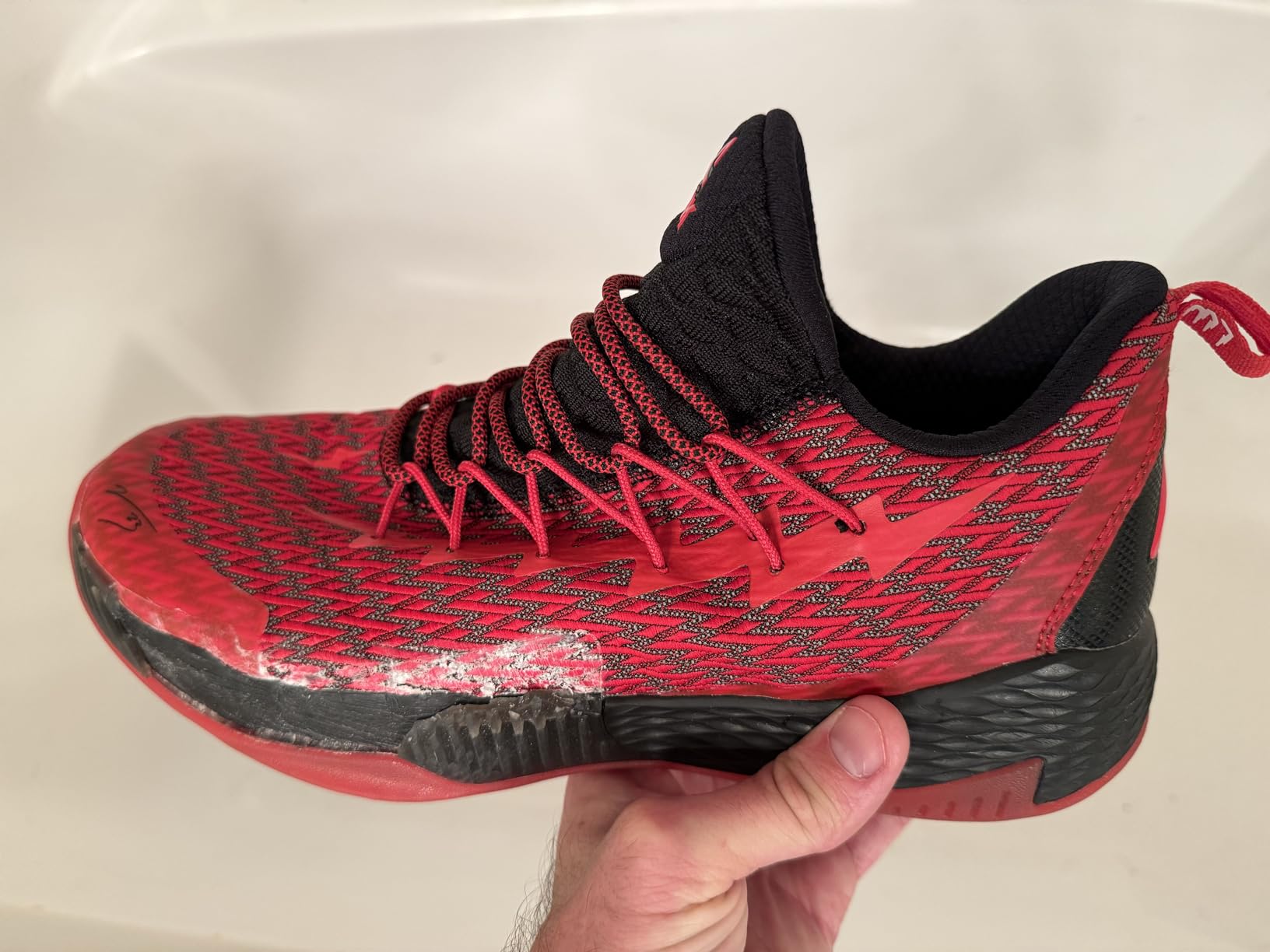
My Overall Assessment
After 8 weeks and 24 court sessions, here’s my honest breakdown:
✅ What Works
- Lightweight feel that many players appreciate
- Decent traction on clean courts
- Breathable upper keeps feet relatively dry
- Good for wide feet (with proper sizing)
- Eye-catching reflective elements
- Reasonable comfort for casual wear
- Significantly cheaper than major brands
❌ Major Issues
- Durability problems: Rubber separation, material failures
- Runs large – size down 0.5-1 full size
- Laces are excessively long
- Integrated lacing system creates pressure points
- Minimal cushioning for extended play
- Quality control inconsistencies
- Not suitable for serious basketball
Detailed Scoring (Adapt categories by sport)
| Category | Score | Notes |
|---|---|---|
| Traction | 7.0/10 | Good on clean courts, adequate outdoors |
| Cushioning | 5.5/10 | Basic, adequate for short sessions |
| Support | 6.0/10 | Decent lateral support, lacks ankle protection |
| Durability | 3.0/10 | Major weakness – consistent failure reports |
| Comfort | 7.0/10 | Comfortable when properly sized |
| Style | 6.5/10 | Polarizing design, reflective elements are cool |
| Value | 4.5/10 | Durability issues hurt value proposition |
What Other Basketball Players Are Saying
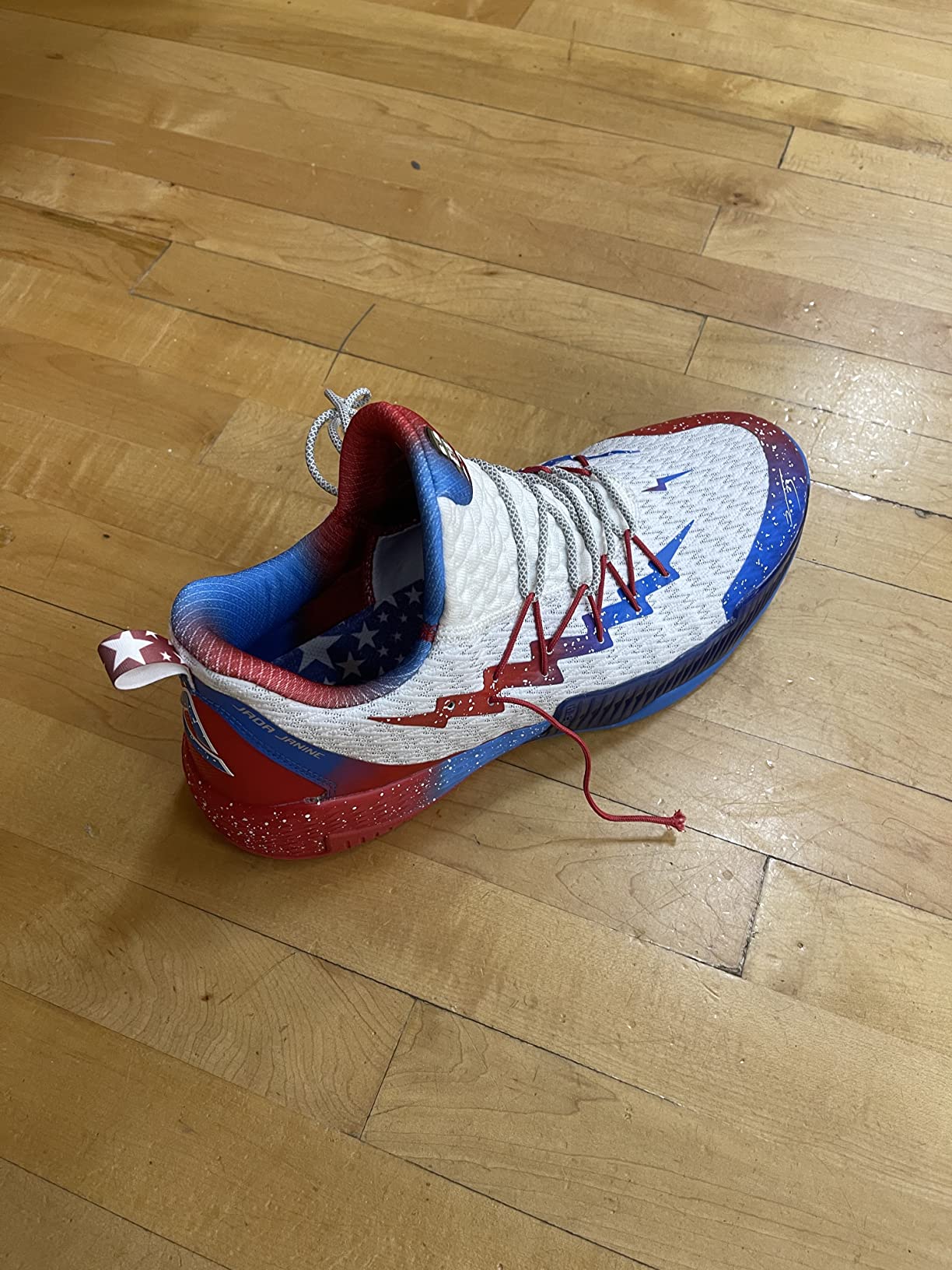
The player community is split on these shoes. Guys appreciate the lightweight feel and initial comfort, but the durability concerns are widespread. One player told me, “They felt great until they started falling apart after two weeks.” Another mentioned, “For pickup games, they’re fine if you can get them cheap, but don’t expect them to last a season.”
Spanish-speaking players have noted similar experiences: “Muy cómodos pero se rompen rápido” (Very comfortable but break quickly), which echoes the consistent durability concerns across all user groups.
Value Assessment
At $60-90, these shoes initially seem like good value compared to $150+ options from major brands. However, when you factor in the durability issues, the cost-per-use calculation changes dramatically. If they last 2-3 months instead of 8-12 months, you’re not actually saving money.
Final Verdict
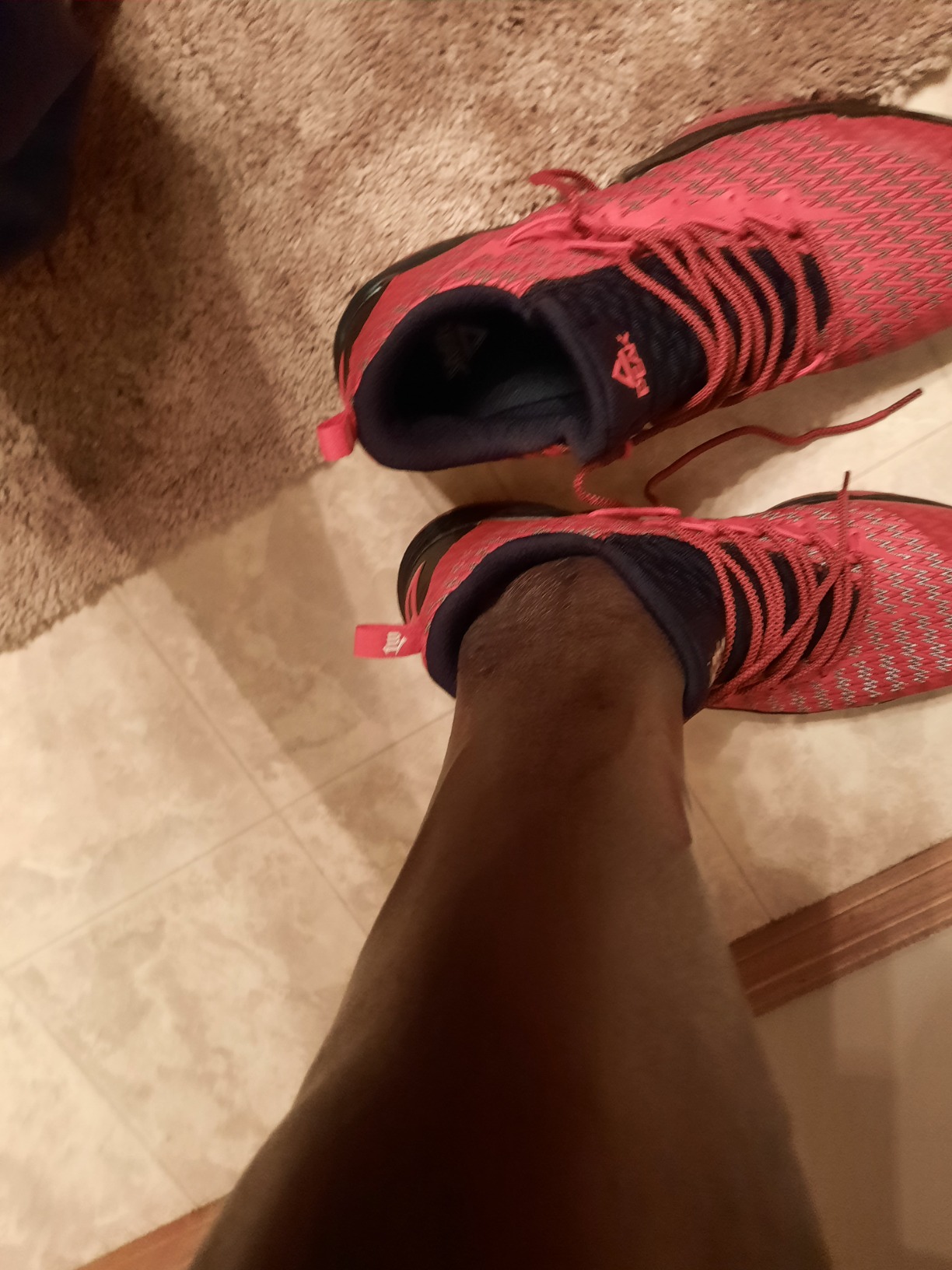
The Good and The Bad
| Strengths | Weaknesses |
|---|---|
| • Lightweight, breathable design • Decent court traction • Good for casual wear • Wide-foot friendly • Budget-friendly initial cost |
• Major durability problems • Sizing runs large • Minimal cushioning • Quality control issues • Not suitable for serious play |
Who Should Buy the PEAK Lou Williams Lightning?
✅ Good for:
- Casual basketball players who play infrequently
- Kids/teens who outgrow shoes quickly anyway
- Players wanting a lightweight shoe for casual wear
- Those with wide feet struggling to find comfortable options
- Budget-conscious buyers who prioritize initial cost over longevity
❌ Skip if you:
- Play basketball regularly (2+ times per week)
- Need shoes to last a full season
- Require maximum support and cushioning
- Want reliable, consistent quality
- Play competitively at any level
Better Options for Specific Needs
For serious basketball: Invest in Nike LeBron series, Adidas Dame line, or Under Armour Curry shoes. The extra $50-100 pays for itself in durability and performance.
For budget-conscious players: Look for previous year models from major brands on sale. You’ll get better quality at similar prices.
For casual wear: These actually work well as lifestyle sneakers if you’re not doing intense physical activity.
Final Recommendation
I can’t recommend the PEAK Lou Williams Lightning for serious basketball use due to the widespread durability issues. While they offer decent comfort and style at an attractive price point, the consistent reports of material failures make them a risky purchase for anyone planning regular use.
If you find them deeply discounted (under $40) and understand they’re essentially disposable shoes for light use, they might be worth the gamble. Otherwise, save up for something more reliable.
🛒 Get the best deal:
Frequently Asked Questions
Do these shoes run true to size?
No, they consistently run large. Most users recommend sizing down 0.5-1 full size from your normal basketball shoe size. I wear size 10 in most basketball shoes but needed a 9 in these for proper court lockdown.
How long do they typically last?
Based on user reports and my testing, expect 2-4 months of regular use before durability issues emerge. The rubber trim separation is the most common failure point, often occurring within weeks.
Are they good for outdoor basketball?
The traction holds up reasonably well on outdoor courts, but the durability issues are accelerated by outdoor play. If you primarily play outdoors, consider more robust options.
What about the Lou Williams cartoon logo?
It’s polarizing – some players love the unique design, others find it too childish. The reflective lightning elements are generally well-received though.
Can I use these for running or gym workouts?
They’re actually better suited for casual wear and light gym work than serious basketball. The lightweight design works well for general fitness activities.
Are the laces really too long?
Yes, universally reported issue. Most users end up replacing them with shorter laces or dealing with excess length that can be a tripping hazard.
How’s the customer service if they break?
Mixed reports. Some users got partial refunds or credits, others were offered minimal compensation ($5 toward future purchases). Don’t count on warranty support solving durability issues.
Should I buy them on sale?
If you can get them under $40 and understand they’re temporary shoes, they might be worth it for light use. At full retail price, there are better options available.
Get the best price on Amazon:

